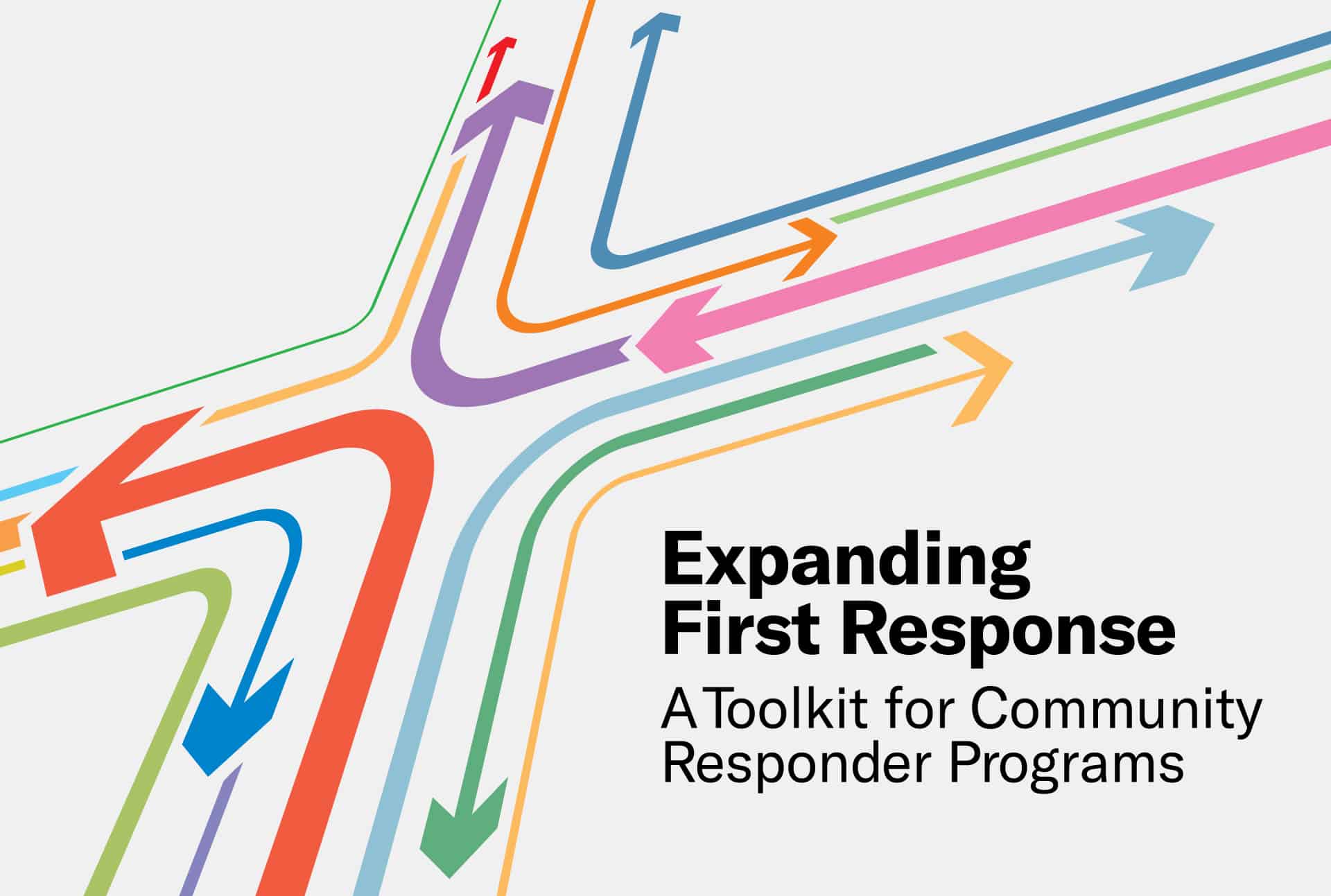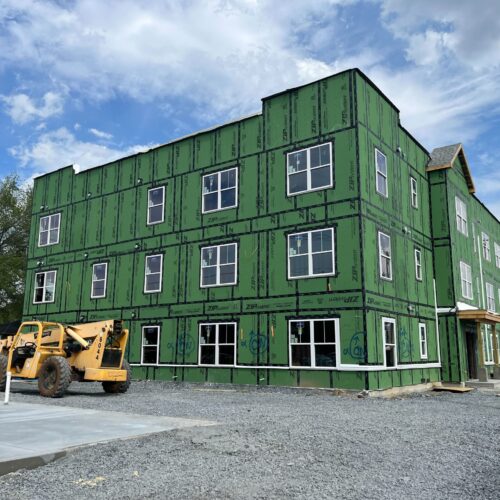
How Community Responder Programs Can Conduct Needs Assessments: A Q&A with the CAHOOTS Program in Eugene, OR
Community responder programs are increasing nationwide as effective models for providing immediate assistance to people in crisis, facilitating connections to support services, conducting wellness checks, and more. These programs position health professionals and trained crisis staff as first responders to behavioral health crises and social disturbances. However, as more jurisdictions begin to implement these programs, it will be necessary to ensure that they are tailored to meet each individual community’s needs. One of the first steps to doing this is conducting a needs assessment. These assessments measure the community’s need for additional first responder options, identify which individuals would most benefit from such a program, and help determine which services the community responder program should provide.
Crisis Assistance Helping Out On The Streets (CAHOOTS) is a community responder program that has been operating out of Eugene, Oregon for more than thirty years. The CAHOOTS model is being replicated around the country with White Bird Clinic—a Federally-Qualified Health Center—as its nonprofit mental health and crisis services partner. The Council of State Governments Justice Center spoke with CAHOOTS Director of Consulting Timothy Black, Coordinator Ebony Caprice Morgan, and Consulting Associate Abbey Carlstrom about their experiences conducting needs assessments and their advice for other jurisdictions looking to develop these programs.
Editor’s note: This interview has been edited for length and clarity.
Where do you recommend people start when conducting a needs assessment?
Timothy: Any needs assessment should start at the community level with the impacted populations, people who are using services or those who are experiencing the consequences of a deficit in available resources. You go out and hear what’s working, what isn’t working, figure out how to build off of it, and look to the lived experience.
Ebony: I recommend being really intentional about getting a diverse group of voices, and I encourage people to reach out to active community leaders when seeking out any feedback or input from the community. If you can get the trust of a few key players, it’s easier to have that trust then shared back than it is to get the trust of an entire community all at once.
What types of data did you find most useful to collect as part of the needs assessment?
Ebony: We looked at what the public health entities in our area were highlighting as key concerns and saw how those were lining up with the input that we received from the community. Some questions we considered were: What health issues are people struggling with the most? Are there disparities within the local crisis system?
What information do you think should be gathered about 911 calls or emergency and crisis service systems to inform community responder programs?
Timothy: You have to know the scripts that call centers are using and understand their training process. Those things can help you identify where and how training can be done for dispatchers and call takers. Understanding how traditional first responders perceive their work, where they see the gaps, what it is that they need to do their jobs better, and how mobile crisis can fit into that is also really important. Everything about the public safety system needs to be looked at and understood. We’re calling for some really radical changes in a lot of ways to how business has been done for generations.
What information would you recommend jurisdictions gather about existing services and supports before launching a community responder program?
Ebony: The most important thing you need to know is what services exist and their hours of operation. Then you want to understand how these services can be accessed by the public and any first responders. Do they have requirements for accessing their services? What barriers exist? One of the things CAHOOTS works on is coordinating with our local service providers so that we know we’re sending people to the right provider and setting them up for success based on what services are available and when.
Timothy: It’s also important to recognize how those services are being utilized and how they’re being perceived by those accessing that care. If you have one provider for your entire community for a specific need, is it that folks are going there because they really value the service or is it because there’s no other option?
Needs assessments and asset mapping are typically used to identify the most appropriate community and crisis service providers for referrals. How have you coordinated your efforts with other crisis care services to continue assessments even after the program was implemented?
Ebony: We stay in contact with the emergency department that we utilize most frequently and our own internal crisis line. We have a couple different liaisons within the hospital specifically, so we are able to actively engage with these staff, assess our referrals and the overall processes for connecting people to services, and then determine what is working and what is not working. That’s pretty key to maintaining that relationship. Maintaining those open dialogues is, in my opinion, just as important as talking to them in the first place.
Are there stakeholders who are commonly overlooked or are missing from traditional needs assessment and planning for responder models?
Timothy: One group that I’ve heard feel underrepresented or ignored has been peer support specialists. If they are being invited into these conversations, it’s feeling really tokenized. Engagement with people coming from a place of lived experience needs to be authentic, trauma informed, and oriented so that they represent the majority of the voices at the “table.” Really, any sort of planning for these programs should include, at minimum, 51 percent of people with lived experience. Whether that’s lived experience with the criminal justice system, the mental health system, being in recovery, homelessness, poverty, or whatever you want to qualify that lived experience as, that firsthand expertise is what needs to be dominant and guiding everything else.
For more information on community responder programs, visit Expanding First Response, a toolkit that serves as a central hub for states and local communities looking to establish or strengthen community responder programs.
About the author

 Zero Returns to Homelessness Initiative Launches Nationally, with Pennsylvania Leading the Way
Read More
Zero Returns to Homelessness Initiative Launches Nationally, with Pennsylvania Leading the Way
Read More
 New Hampshire Continues Justice Reinvestment Effort to Improve Conditions for People Who Are High Utilizers of Criminal Justice and Behavioral Health Systems
Read More
New Hampshire Continues Justice Reinvestment Effort to Improve Conditions for People Who Are High Utilizers of Criminal Justice and Behavioral Health Systems
Read More














